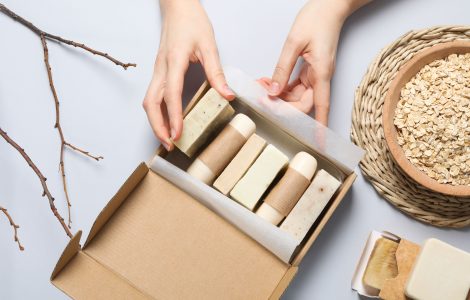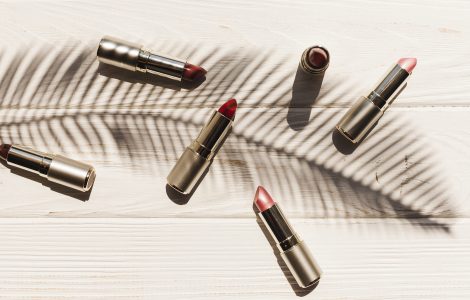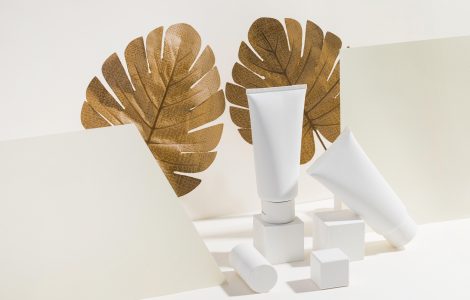Plastic tube packaging plays a vital role across industries such as cosmetics, pharmaceuticals, food, and adhesives. Its enduring popularity comes from a balanced combination of functionality, cost-efficiency, and sustainability. This article explores the practical advantages of tube plastic packaging and why it remains a preferred choice for modern brands.
Superior Product Protection and Preservation
Packaging must shield its contents from environmental harm. Plastic tubes—especially multi-layer laminates—excel at providing robust barriers that protect against degradation:
| Threat | Impact on Product | How Plastic Tubes Mitigate Risk |
|---|---|---|
| Oxygen | Oxidation; spoilage of creams/foods | Multi-layer laminates block oxygen ingress |
| Moisture | Microbial growth; texture changes | Tight seals and hydrophobic materials prevent absorption |
| Light | Breakdown of active ingredients | Opaque or UV-resistant layers shield contents |
| Contaminants | Product adulteration | Sealed orifices and tamper-evident features reduce exposure |
This protective design extends shelf life and maintains product efficacy—ideal for sensitive formulations like ointments, serums, and natural cosmetics.
Enhanced Hygiene and Contamination Control
Tube plastic packaging enhances product hygiene through thoughtful engineering:
- Small Dispensing Orifice: Reduces contact with the environment.
- Tamper-Evident Seals: Ensure consumer safety—essential for pharmaceuticals.
- One-Way Flow: Collapsible design prevents backflow of air or contaminants.
- Smooth Surfaces: Easy to clean and resistant to microbial buildup.
Precise and Controlled Dispensing
Squeeze tubes provide consistent, accurate dosing—especially important for high-value or high-potency formulations. Multiple nozzle options support various product needs:
| Nozzle Type | Ideal For | Example Products |
|---|---|---|
| Fine Tip | Spot treatments; precision dosing | Acne creams, adhesives |
| Wide Opening | Thick or dense formulations | Lotions, hair masks |
| Flip-Top Cap | Convenient, reclosable usage | Toothpaste, daily moisturizers |
| Applicator Tip | Targeted delivery with control | Wound gels, lip serums |
Flow can be tailored to the product’s viscosity, preventing waste and mess.
Design Flexibility and Brand Impact
Plastic tube packaging offers exceptional design versatility:
- Shapes and Sizes: Custom diameters, lengths, and profiles (e.g., hourglass, flat).
- Printing Capabilities: High-resolution graphics, foil stamping, and textured effects.
- Full-Surface Branding: 360° canvas for product messaging, ingredients, and compliance info.

Durability and User Convenience
Compared to glass or rigid containers, plastic tubes offer superior user experience:
- Lightweight & Shatter-Resistant: Ideal for transport and active lifestyles.
- Collapsible Format: Saves space as product is used; perfect for travel.
- High Product Yield: Squeeze-out efficiency exceeds 95%.
- Secure Closures: Flip-tops or screw caps prevent leakage in bags or toolkits.
Cost-Effectiveness in Production and Logistics
Plastic tube packaging delivers savings at scale:
- Material Efficiency: Polymers like PE are more affordable than glass or metal.
- Automation Ready: Tubes are compatible with high-speed filling and sealing equipment.
- Lower Shipping Costs: Lightweight structure reduces fuel use and transport emissions.
Example: A 30g plastic tube weighs ~5g, versus ~50g for its glass counterpart—enabling 10x more units per shipment.
Sustainability Considerations and Recyclability
Modern plastic tube packaging is increasingly aligned with sustainability goals, offering recyclable materials and resource-efficient designs:
| Material | Recyclability | Highlights |
|---|---|---|
| PE (Polyethylene) | Widely recyclable | Accepted in most municipal recycling systems |
| Laminates (ABL/PBL) | Recyclable | Designed with recyclability in mind; suitability may vary by region |
| PCR Content | Available up to 50%+ | Helps reduce virgin plastic usage and supports circularity |
Additional eco-benefits include:
- Lightweight Design: Reduces carbon footprint during transport.
- Efficient Dispensing: Limits product waste by near-total emptying.
Customization and Adaptability
Tubes can be engineered for specific formulations and end-use requirements:
- Barrier Properties: Laminates support oxygen-sensitive or volatile contents.
- Chemical Resistance: Suitable linings available for industrial or active ingredients.
- Functional Features: UV filters, antimicrobial caps, and massage applicators.
Conclusion: A Versatile Packaging Solution
Plastic tube packaging stands out by offering a powerful combination of product protection, hygiene, precise dispensing, and customizable branding. Its lightweight, durable, and user-friendly design makes it suitable for a wide range of industries—from skincare and pharmaceuticals to food and adhesives.
As packaging technology continues to advance, features like recyclable PE materials and enhanced laminate barriers (ABL, PBL) make tube plastic packaging an even smarter choice for modern brands. To maximize both performance and sustainability, partner with an experienced manufacturer to select the best tube structure based on your product’s functional and branding needs.





